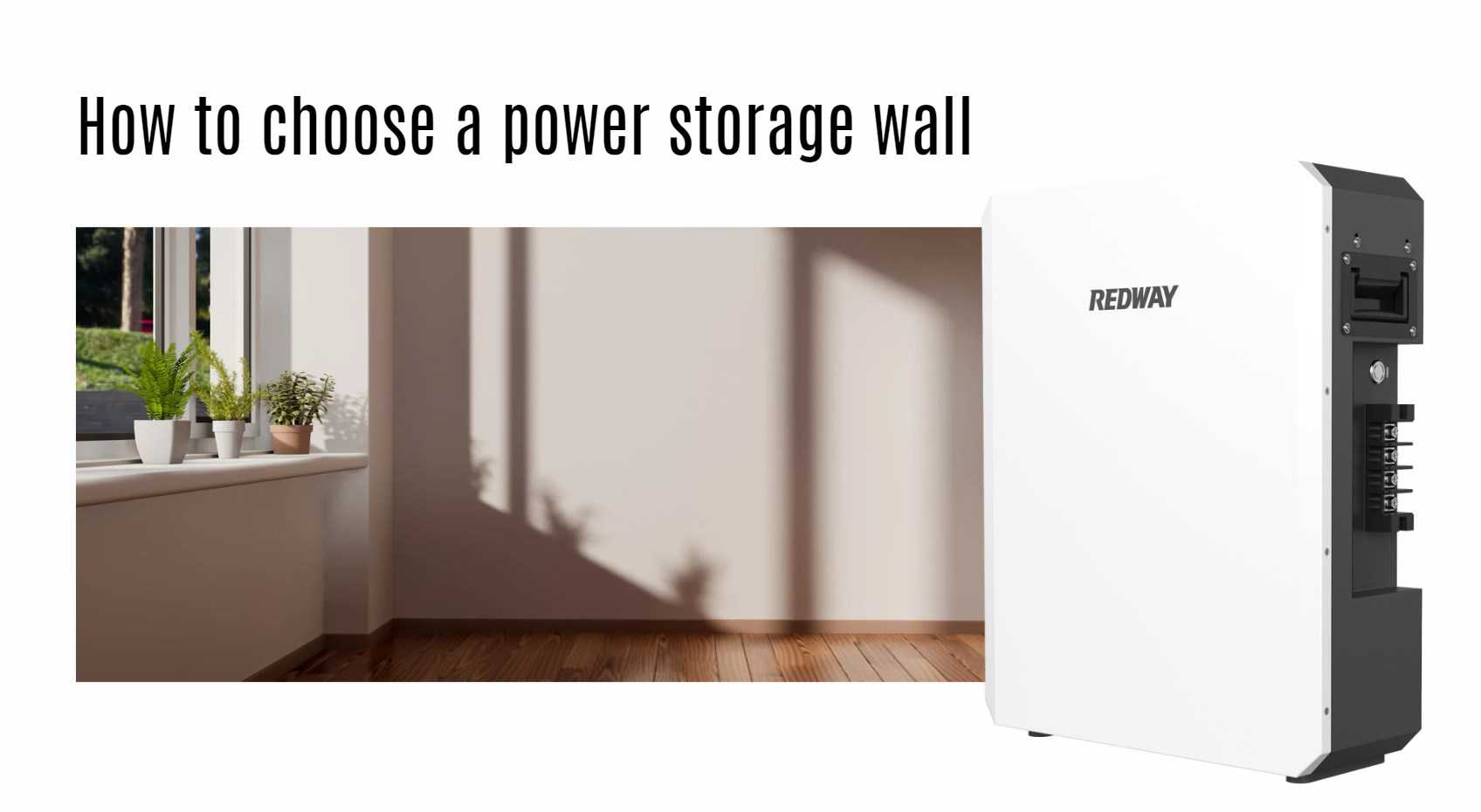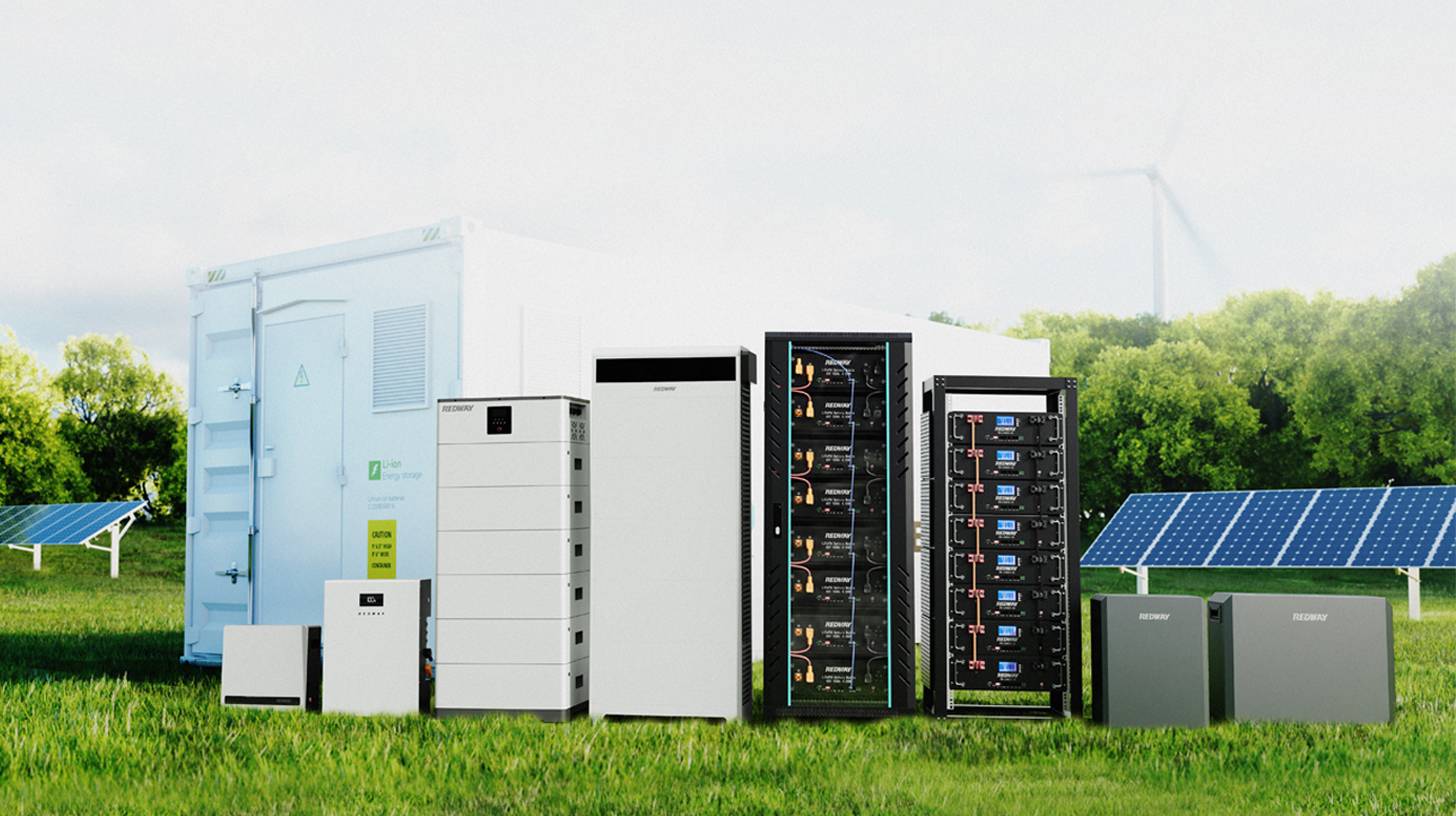Buy Wholesale OEM Power Storage Wall from China: Discover the innovative technology of power storage walls, storing excess solar or wind energy for later use. Explore their benefits, working principle, and factors to consider when choosing one. Top manufacturers in China include BYD and Sungrow, offering high-quality and reliable solutions for sustainable living and reduced electricity costs.
What is a power storage wall?
A power storage wall is a system that stores excess energy generated from renewable sources like solar panels. It consists of a battery bank, an inverter, and other components. By storing energy, power storage walls provide reliable electricity during times when solar panels may not generate enough power or during grid outages. They offer benefits such as reduced reliance on the grid, increased energy independence, and lower electricity bills. Power storage walls are an innovative solution for homeowners seeking to store renewable energy and enhance their energy resilience.
How does a power storage wall work?
-
Components of a Power Storage Wall: A power storage wall typically consists of a battery, an inverter, and smart controls. The battery is responsible for storing the excess energy generated from renewable sources. The inverter converts the stored energy from DC to AC, making it suitable for powering household appliances. The smart controls monitor energy usage and optimize the charging and discharging process for maximum efficiency.
-
Storing and Discharging Energy: When renewable energy generation exceeds demand, the excess energy is stored in the battery of the power storage wall. This energy is then available for use when energy demand exceeds generation or during times when renewable energy sources are not producing enough power. The smart controls ensure that the energy is stored and discharged in the most efficient manner, maximizing the utilization of renewable energy.
-
Benefits of Power Storage Walls: Power storage walls offer several benefits. Firstly, they provide a reliable source of electricity during times when renewable energy generation is low or during power outages. This enhances energy resilience and reduces dependence on the grid. Secondly, power storage walls allow for better utilization of renewable energy by storing excess energy for later use, reducing wastage. Additionally, power storage walls can help reduce electricity bills by utilizing stored energy during peak demand hours when electricity prices are higher.
The benefits of a power storage wall
-
Reliable Backup Power: A power storage wall provides a reliable source of backup power during grid outages or blackouts. By storing excess energy generated from renewable sources, such as solar panels, homeowners can ensure that essential appliances and devices continue to function, providing peace of mind and convenience during unexpected power disruptions.
-
Energy Independence: With a power storage wall, homeowners can reduce their reliance on the grid and achieve greater energy independence. By storing excess energy from renewable sources, such as solar panels, homeowners can utilize their own stored energy during times when solar panels may not be generating enough power or during peak demand hours. This reduces the need to draw electricity from the grid, leading to greater self-sufficiency and reduced dependence on traditional utility services.
-
Cost Savings: Power storage walls offer the potential for cost savings by optimizing energy usage. By storing excess energy during off-peak hours or when renewable sources are generating more power than needed, homeowners can use stored energy during peak demand hours when electricity prices are typically higher. This can result in lower electricity bills over time and provide long-term cost savings.
-
Environmental Sustainability: Power storage walls promote environmental sustainability by utilizing clean and renewable energy sources. By storing excess energy generated from solar panels or other renewable sources, homeowners can reduce their reliance on fossil fuels and decrease their carbon footprint. This contributes to a greener future and helps protect the environment for future generations.
How to choose a power storage wall
-
Capacity: Determine the amount of energy you need to store and use. Consider your household’s energy consumption and choose a power storage wall system that can handle your needs effectively.
-
Battery Type: Evaluate the type of battery used in the power storage wall system. Lithium-ion batteries are commonly preferred for their higher efficiency and longer lifespan compared to lead-acid batteries.
-
Size and Weight: Consider the available space for installation and choose a power storage wall system that fits your requirements. Evaluate the size and weight of the system to ensure it can be accommodated in your designated space.
-
Warranty and Additional Features: Look for a reputable manufacturer that offers a warranty for the power storage wall system. Additionally, consider any additional features such as remote monitoring or compatibility with solar panels that may enhance the functionality and convenience of the system.

Power storage wall manufacturers in China
China is known to be one of the largest manufacturers of renewable energy technologies in the world, including power storage walls. There are various Chinese manufacturers that produce high-quality and affordable power storage walls for both residential and commercial use.
One such manufacturer is BYD, which has been in the energy industry for over a decade. They offer a range of lithium-ion batteries with different capacities to meet various needs. Their products have gained recognition globally due to their reliability, safety features, and long lifespan.
Another notable manufacturer is Redway Power, which specializes in solar inverters and battery systems. Their power storage solutions are designed to provide reliable backup during power outages while also optimizing self-consumption of solar energy generated by rooftops or other sources.
There’s CATL Energy Storage Solutions which offers a wide range of battery modules with different sizes and capacities depending on specific requirements. They focus on providing cost-effective solutions while maintaining high quality standards.
China boasts many reputable power storage wall manufacturers that cater to diverse customer needs through innovative design, affordability, and durability.
Conclusion
To sum up, power storage walls are a game-changer for renewable energy consumption. They allow households and businesses to store excess solar energy during the day for use at night or on cloudy days. With the increasing demand for clean energy around the world, power storage walls have become an important component of sustainable living.
When choosing a power storage wall in China, it is essential to consider factors such as capacity, efficiency, brand reputation, and after-sales service. Some of the top manufacturers in China include BYD Company Limited and SunGrow Power Supply Co., Ltd.
By investing in a reliable power storage wall from a reputable manufacturer like those mentioned above, you will enjoy many benefits such as reduced electricity bills and increased independence from traditional grid systems. Not only that but by reducing your carbon footprint through renewable energy usage, you’ll be contributing positively towards environmental conservation efforts.
If you’re looking to join this revolutionary movement towards sustainable living while saving money on electricity costs in the long run – then installing a power storage wall might just be what you need!
FAQs
What is wall mounted battery?
-
What is a Wall-Mounted Battery: A wall-mounted battery is an energy storage device that stores electricity and is specifically designed to be mounted on a wall. These batteries are commonly used in homes and businesses to provide a convenient and reliable source of power. They work by converting AC power into DC power, which can be stored and used as needed.
-
How Wall-Mounted Batteries Work: Wall-mounted batteries operate by converting AC power from the grid or renewable energy sources, such as solar panels, into DC power. This DC power is then stored in the battery for later use. When electricity demand exceeds supply or during power outages, the stored energy in the battery is discharged and converted back into AC power to provide a reliable source of electricity.
-
Advantages of Wall-Mounted Batteries: Wall-mounted batteries offer several advantages. Firstly, they provide a convenient and space-saving solution for storing and utilizing electricity. By being mounted on a wall, they do not take up valuable floor space. Additionally, wall-mounted batteries are energy-efficient, allowing users to optimize their energy usage and reduce reliance on the grid. They can also be integrated with renewable energy sources, making them an environmentally friendly option.
How long do battery walls last?
-
Average Lifespan: The average lifespan of battery walls, like Tesla Powerwalls, is around 10 years or approximately 3,650 charge cycles. This estimate may vary depending on factors such as frequency of use, temperature fluctuations, and maintenance practices.
-
Factors Influencing Lifespan: The lifespan of battery walls can be influenced by various factors. Frequent discharging and recharging can result in more wear and tear, while extreme temperature fluctuations can impact battery performance. Proper maintenance, including regular inspections and cleaning, can help optimize their performance and prolong their lifespan.
-
Technological Advancements: As battery technology evolves over time, newer models may offer improved performance and longer lifespans compared to older versions. It’s important to stay updated on technological advancements in the energy storage industry to make informed decisions about replacements or upgrades.
How long do energy storage batteries last?
-
Factors Affecting Lifespan: The lifespan of energy storage batteries depends on various factors. Battery chemistry plays a significant role, with lead-acid batteries typically lasting around three to five years with regular maintenance. In contrast, lithium-ion batteries, known for their higher energy density, can last up to 15 years with proper management. Other factors such as cycle life, depth of discharge, temperature, and storage conditions also impact battery lifespan.
-
Battery Chemistry: Different battery chemistries have different lifespans. Lead-acid batteries are commonly used in residential and commercial energy storage applications and require regular maintenance. Lithium-ion batteries, on the other hand, offer longer lifespans and higher energy density, making them popular for grid-scale storage.
-
Management and Maintenance: Proper management and maintenance are essential for maximizing the lifespan of energy storage batteries. This includes monitoring and controlling factors such as cycle life, depth of discharge, temperature, and storage conditions. Following recommended maintenance practices and avoiding extreme conditions can help prolong the lifespan of the batteries.
Do stored batteries lose power?
-
Chemical Reactions: One of the main reasons why stored batteries lose power is due to the chemical reactions that occur within them. As a battery is used, these chemical reactions that produce electricity also cause the internal components of the battery to degrade. This degradation leads to a decrease in the battery’s ability to hold a charge.
-
Temperature: Temperature plays a significant role in the performance of batteries. Extreme temperatures, whether hot or cold, can have a detrimental effect on a battery’s power storage capacity. High temperatures can cause the electrolyte in a battery to evaporate, while cold temperatures can slow down the chemical reactions that produce electricity. Both scenarios can lead to a reduction in power storage over time.
-
Overcharging and Discharging: Overcharging and discharging a battery can also contribute to power storage loss. Overcharging can cause the electrodes to corrode, leading to a decrease in the battery’s capacity. On the other hand, fully discharging a battery can cause irreversible chemical reactions to occur, further reducing its power storage capability.
-
Age and Usage: Like all components, batteries have a limited lifespan. As a battery ages and undergoes regular usage, its power storage capacity naturally diminishes. This is due to the wear and tear that occurs within the battery over time.



